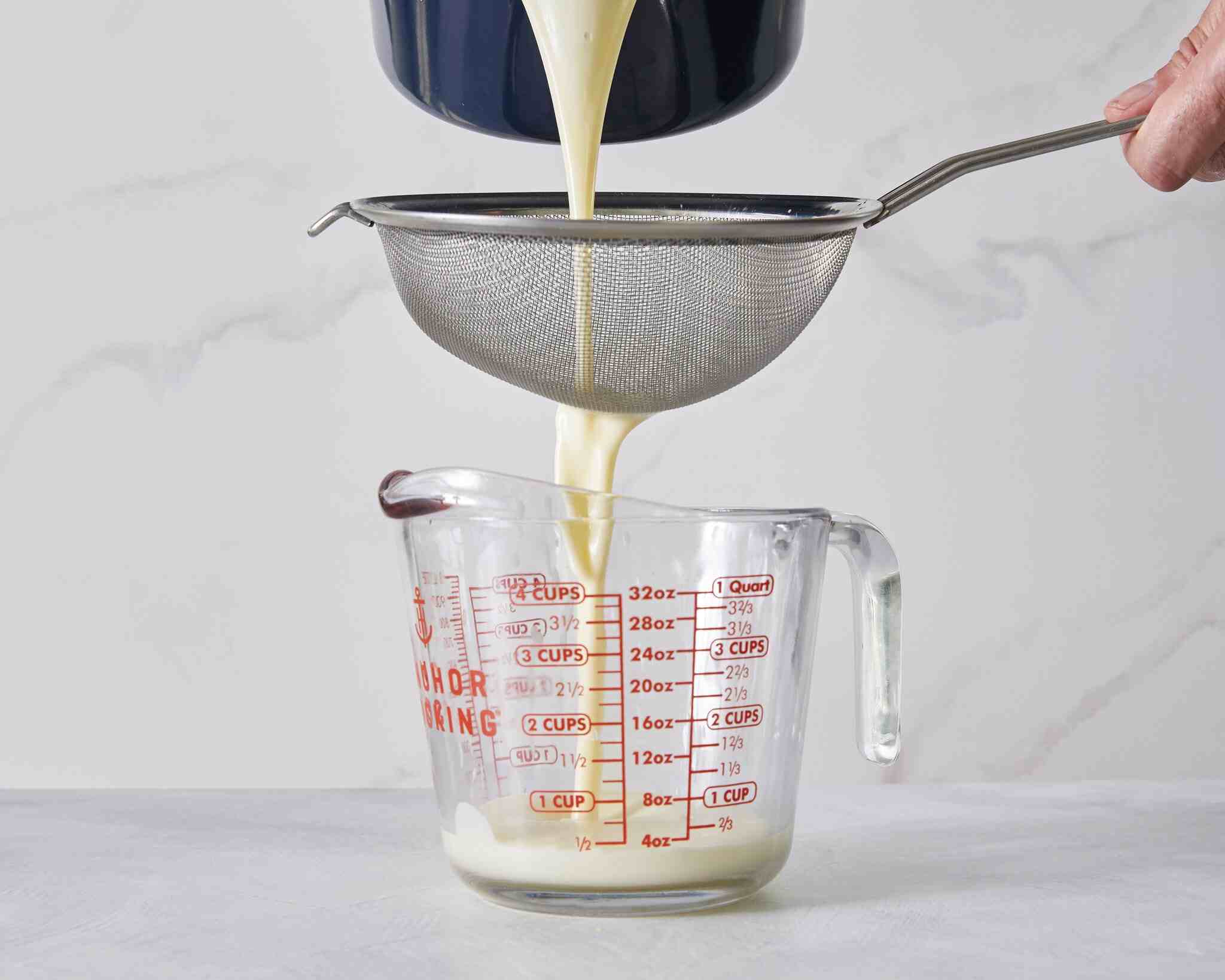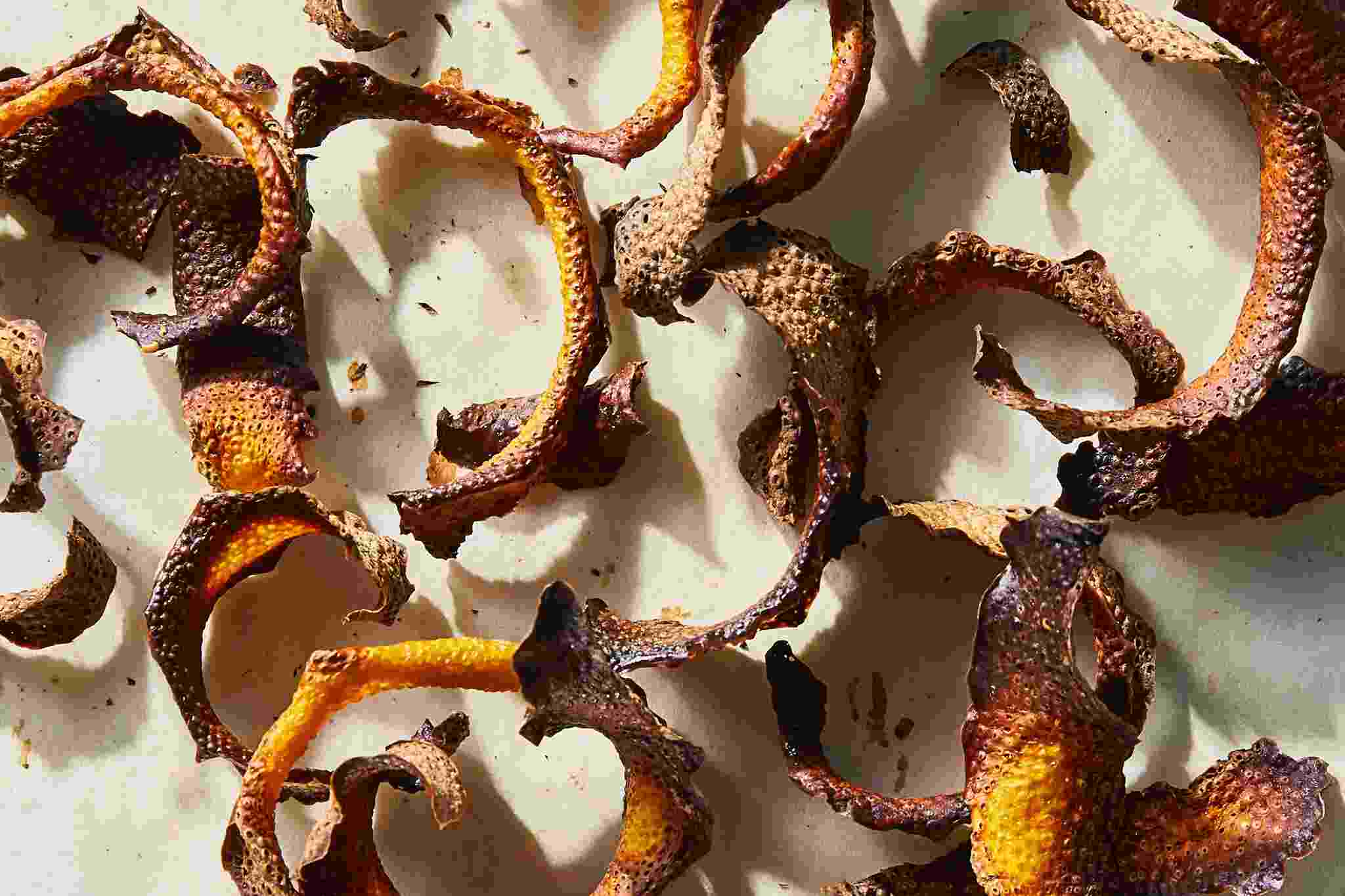London-The statistics on food waste are incredible. We may all have a statistic that makes us incredible. For me, it's bread.
According to the National Bureau of Statistics, the total amount of bread wasted in the UK every day amounts to 1 million breads, or 24 million slices. According to data from the US Department of Agriculture, food waste in the United States accounts for 30% to 40% of the total food supply. The numbers are overwhelming.
There are many things that need to be done on a large scale. Most of these should be the responsibility of large food manufacturers and retailers. At the same time, we can do many things at home by ourselves.
The first suggestion is practical: buy less food at a time. The second is more creative: use up-make full use of-what we already have. Now, running out and making full use are slightly different, but both can be a great source of creativity and deliciousness. They are a source of fun, innovation and surprise.
"Used up" simply means that the last bit is used up. If the last slice or two of bread looks a bit regrettable, please don't throw it away! Go to blitz! Make breadcrumbs for the next round of vegetable patties. Or freeze the breadcrumbs again. Or use a day's bread as a springboard for new dishes: panzanella, ribollita, romesco-salads, soups and sauces, because the old bread inspires them.
"Full utilization" provides more space for exploration. This means looking at things that we think have fully utilized their potential and see if we can’t use them again. For example, these are vanilla pods that are added to a can of sugar after scraping the seeds, or herbs that we mix with avocado and olive oil and wilt in the refrigerator, for example, to make shiny green spices.
Pour the heated cream into the lemon mixture and put it in the refrigerator.

Pour the heated cream into the lemon mixture and put it in the refrigerator.
If you have too much, turn it into something else. For example, Labneh just hangs the yogurt on the sink for about a day and then places it in a clean tea towel or muslin so that the whey can drain. The results can be rolled into balls, covered with olive oil and kept in the refrigerator for several weeks. Or it can be used to make lemon pudding: a classic English pudding that uses only three ingredients-cream, lemon and sugar.
Bake a simple meringue until completely dry.
Bake the simple meringue until completely dry.
Then, it is broken into pieces to complete the dessert.
Then, it is broken into pieces to complete the dessert.
Wait, there will never be too many ingredients in my kitchen: lemon. I am very good at using whole lemons. I grind the peel, greedily squeeze the juice, and carefully separate the parts. I drink it, I eat it, I live it, I love it.
The lemon zest is baked at high temperature and then finely ground to complete the dessert.
The lemon zest is baked at high temperature and then finely ground to complete the dessert.
Here, I burn and grind the peel into charred lemon powder, which will be the source of pleasure and pleasure for all the salads, puddings or grilled foods sprinkled on it.

I know that making burnt lemon powder will not reverse the global food waste trend. But this is a useful example of how much we can get from what we have and how much creative juice-citrus or other-can flow if we develop the habit of checking ourselves before throwing away things.
This sentence is not entirely correct: "When life gives you lemons, make lemonade (there are also limoncello and burnt lemon powder, and of course the most citrus-flavored limoncello)."